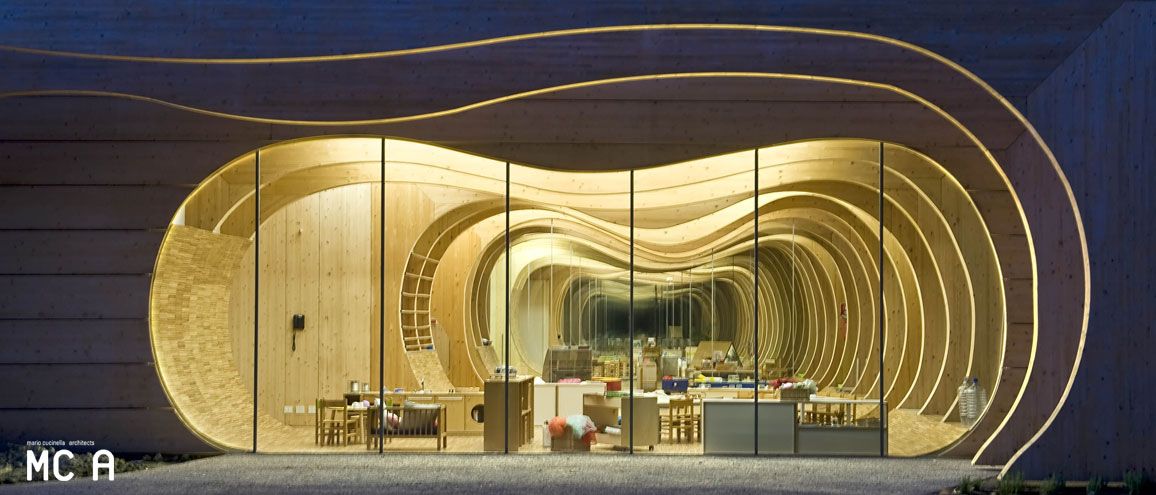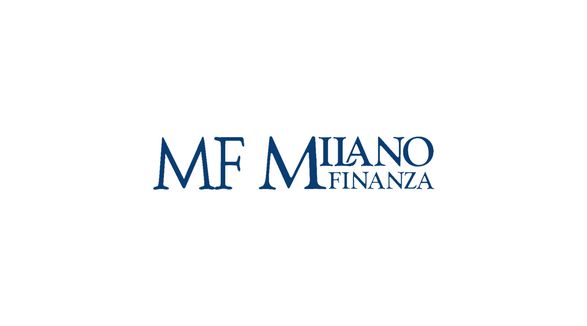In the belly of the Whale

Published
01 Jan 2018
Reading
2 min
Interview by Stefania Pelusi with Mario Cucinella dedicated to the Children’s Nest “The Whale” in Gustalla (Re)
How did the idea for this project, which has already been described as “the most beautiful kindergarten in the world”, come about? «Creating a space that is suitable for children and teachers, sustainable, welcoming and safe as a real nest in which to begin to explore the world, was a real challenge. I started from the idea that children shouldn’t stay closed in space but should live in space. One suggestion came from the belly of the whale of Pinocchio: you are inside the belly but paradoxically that is not a place of danger, but a safe place. The belly of the whale then becomes a bit like a womb. The school of Guastalla is this, a large nursery womb, without walls, with classrooms separated by glass and the possibility of living in many different spatial environments».
You said that “the building is already in itself a form of education”, in this project you felt even more responsible in the education of future generations? «Of course, I think that the buildings and the surrounding environment have a strong influence on the formation of an individual’s personality. In fact, I started from the idea that for me space is already a form of education. When the teachers tell the children that the electricity in their school comes from the sun, that the water is warm because it warms the sun, that when it rains the water is collected and then used to wet the plants in the garden, they are already building the ecological awareness of the children. It is the challenge of the next decades, train and inform to make the world better».
Usually, it is thought that sustainable buildings have a higher cost, while the project of Guastalla has shown exactly the opposite by succeeding in building an ecologically sustainable building. how did you do it? «The school in Guastalla is based on the simplicity of the wooden construction system, the careful choice of materials, finishes and technical solutions. The high level of insulation, the optimal distribution of transparent surfaces, the use of cutting-edge rainwater recovery systems and the inclusion of a photovoltaic system in the roof have made it possible to minimise the use of mechanical systems to meet the building’s energy requirements. The choice of materials is fundamental. The kindergarten cost like an “ugly” building but it is beautiful and sustainable».
Do you think this project can be reproduced in other countries? «Of course. I think it’s an example that can be used all over the world because it was designed not only to be economic and eco-sustainable but also to stimulate all the senses of children».








